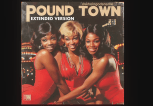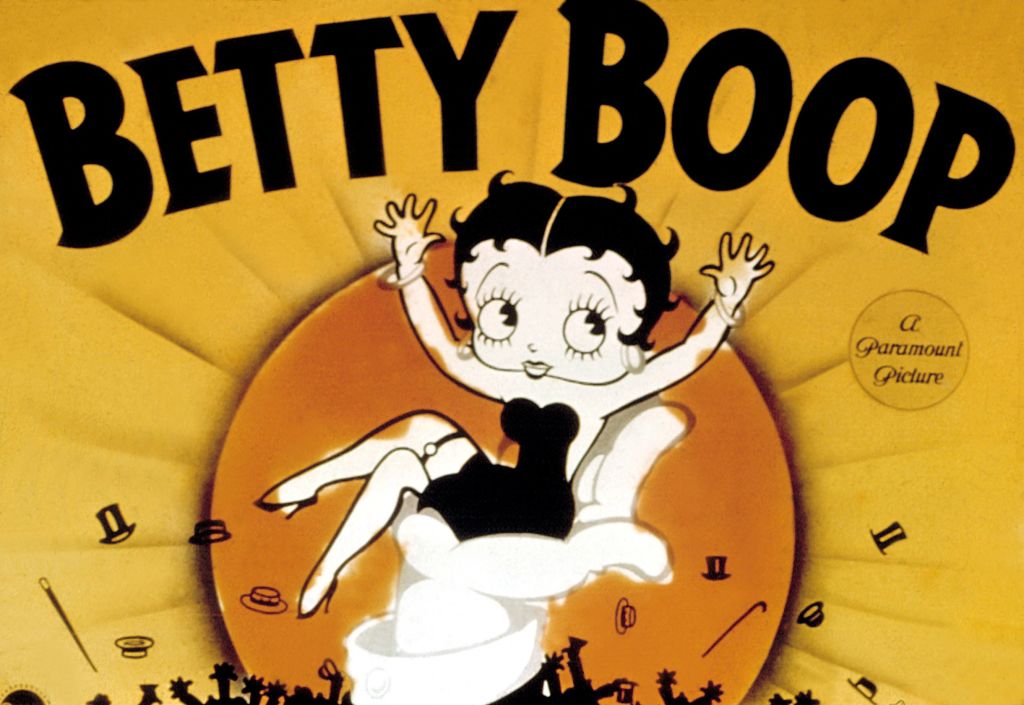
Source: LMPC / Getty
UPDATED: May 13, 2021 —
Was Michelle Obama really the first Black First Lady? Do you know which one of your bills features a Black man?
You might be surprised at these historical figures you didn’t know were Black. In fact, in many cases, these men and women didn’t hide their mixed racial ethnicities, but rather history sought to erase it in one way or another.
1. Betty Boop / Esther Jones
They might have drawn Betty Boop white, but her history is black. The character was actually stolen from Cotton Club singer Esther Jones — known by her stage name “Baby Esther” and the baby talk she used when she sang songs like “I Wanna Be Loved By You (Boop- Boop-BeDoo).”
Her act later “inspired” cartoonist Max Fleischer to create the character Betty Boop and Esther tried to win the rights back to her character until the day she died.
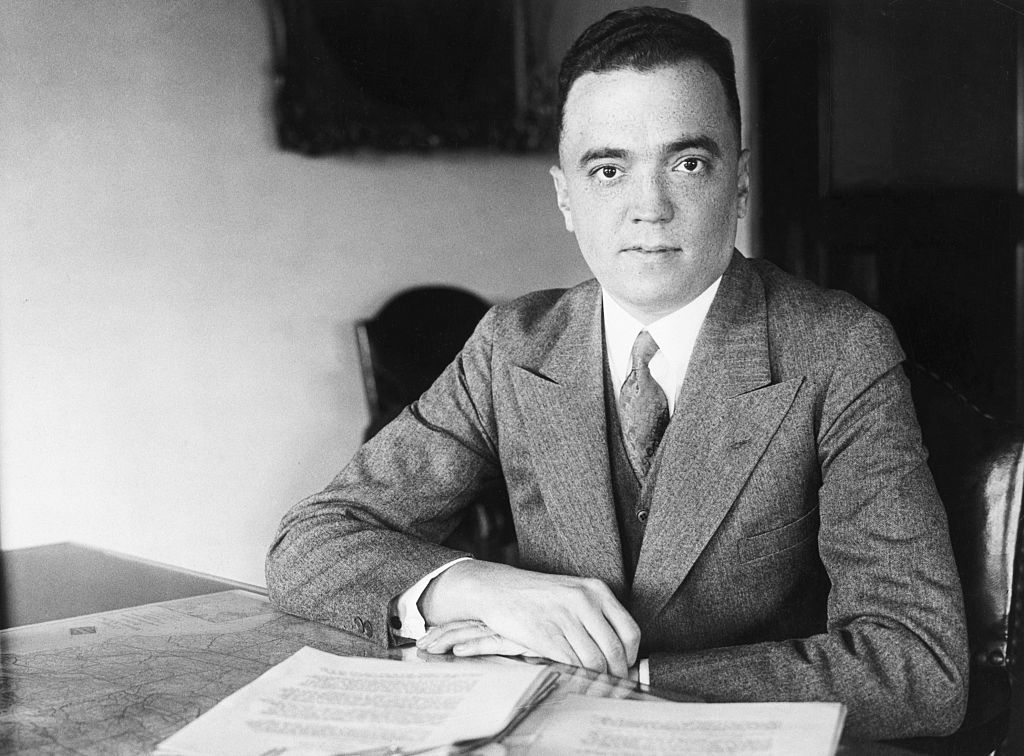
Source: Bettmann / Getty
2. J. Edgar Hoover
Hitler’s Jewish ancestry isn’t the strangest twist in racial history. FBI director J. Edgar Hoover — the man who plagued the black liberation movement from Marcus Garvey to the Black Panther Party — was known by his peers as a passing black man.
His childhood neighbor writer Gore Vidal famously quoted, “It was always said in my family and around the city that Hoover was mulatto. And that he came from a family that passed.”
And apparently, that was a closely-guarded secret. Millie McGhee, author of Secrets Uncovered: J. Edgar Hoover Passing For White, said,
“In the late 1950’s, I was a young girl growing up in rural McComb, Mississippi. A story had been passed down through several generations that the land we lived on was owned by the Hoover family. My grandfather told me that this powerful man, Edgar, was his second cousin, and was passing for white. If we talked about this, he was so powerful he could have us all killed. I grew up terrified about all this.”
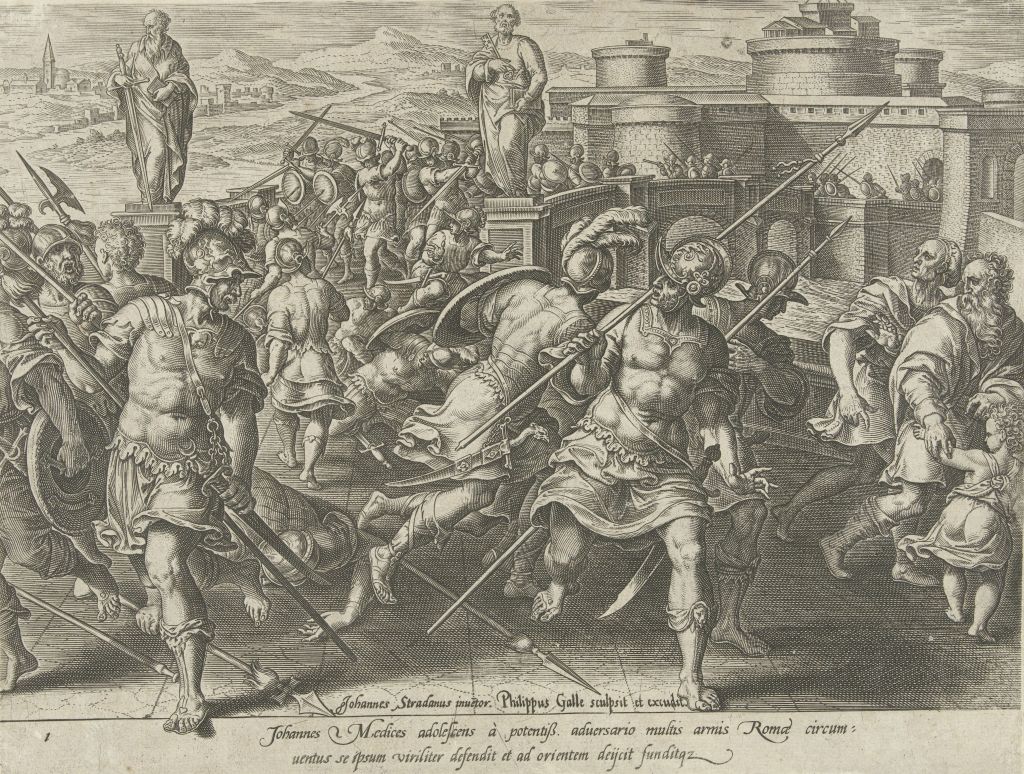
Source: Sepia Times / Getty
3. The Medici Family
It’s hard to get through any school lesson about the Italian Renaissance without talking about the Medici family. What history doesn’t like to talk about is that the financial ruler of the western world — Alessandro de Medici, Duke of Penne and Duke of Florence and commonly called “Il Moro” (Italian for Moor — a term commonly used to describe anyone with dark skin) — was born to an African-Italian mother (a servant) and a white father (who would later become Pope Clement VII).
Alessandro’s maternal lineage is far from unusual for this time period. Historical documents reveal that Black Africans had been imported into Europe as slaves from as early as the 1400s. Given Alessandro’s status as the first of the Medici to be installed as a hereditary ruler of Florence, it comes as no surprise that the question of is ethnicity has been largely ignored by historians — at least until recently.
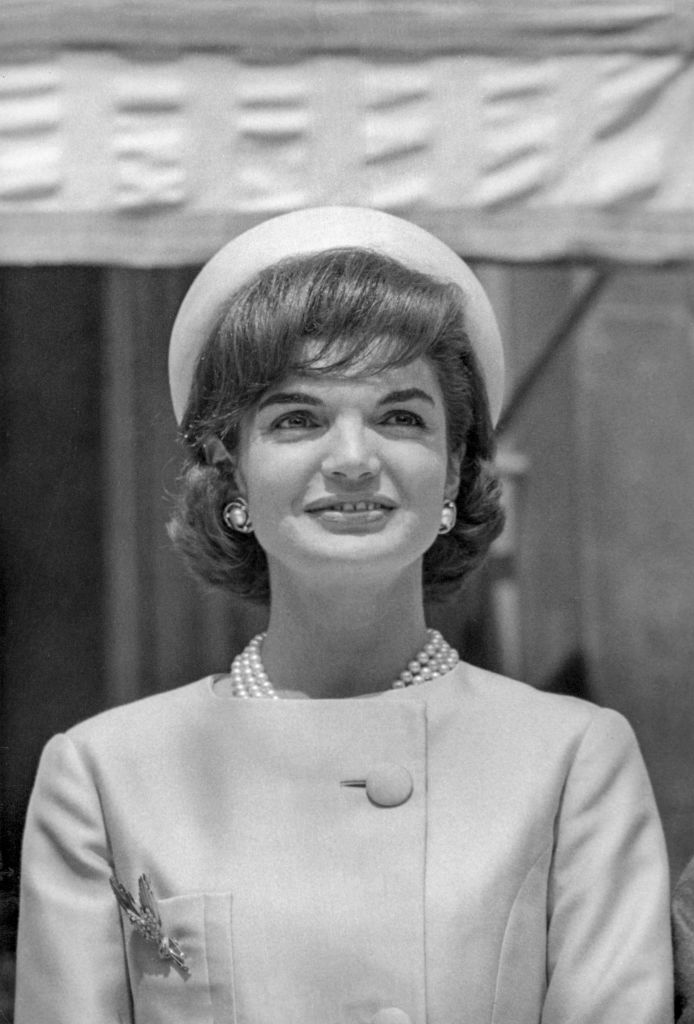
Source: REPORTERS ASSOCIES / Getty
4. Jacqueline Kennedy Onassis
Was Michelle Obama our first African-American First Lady? Or was it Jackie O? Jacqueline Onassis is a member of the van Salee’s family, famous for their “mulatto” heritage.
Jackie O’s ancestor John van Salee De Grasse was the first Black American formally educated as a doctor; her socialite father was nicknamed “Black Jack” Bouvier because of his dark complexion.
More fun van Salee facts: Both actor Humphrey Bogart and journalist Anderson Cooper are descendants of that famous family.
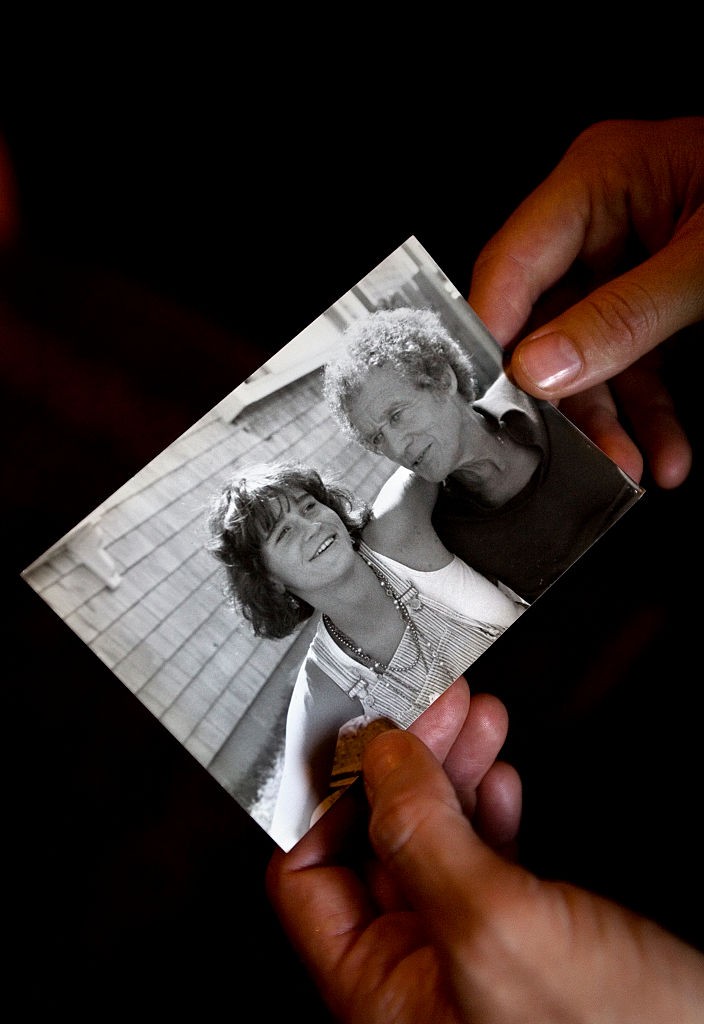
Source: Liz O. Baylen / Getty
5. Anatole Broyard
American writer Anatole Broyard passed as white his entire life. It wasn’t until his daughter, Bliss, published One Drop: My Father’s Hidden Life — A Story of Race and Family Secrets was the truth revealed: The famous New York Times book reviewer was born to light-skinned black parents in New Orleans and started passing once he grew up and moved out of his predominantly black Brooklyn neighborhood.
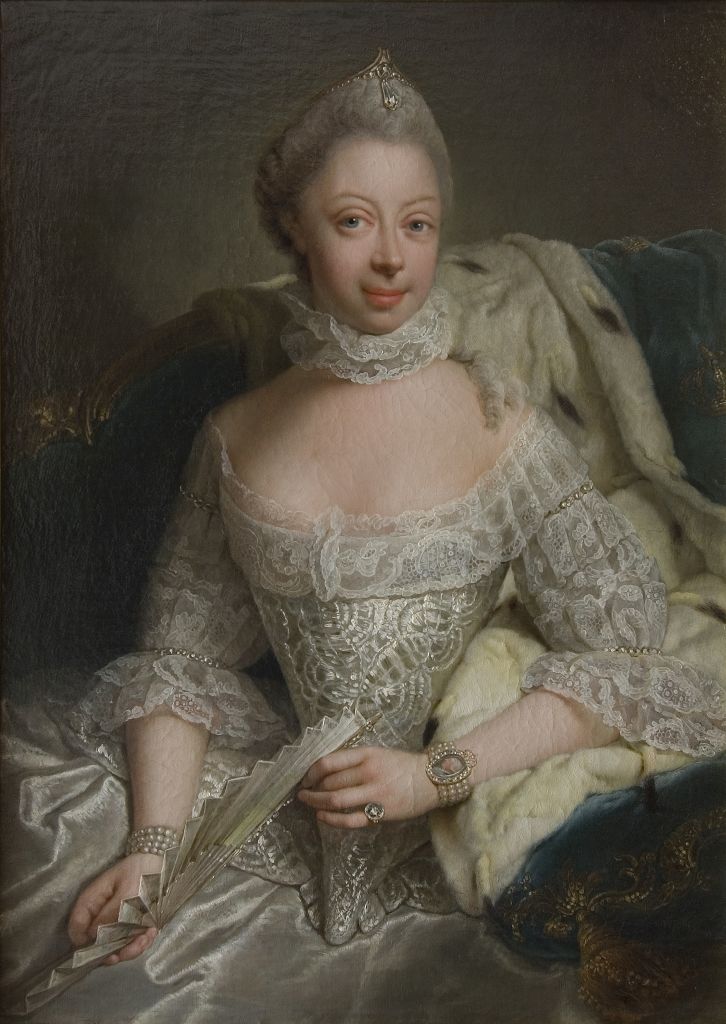
Source: Sepia Times / Getty
6. Queen Charlotte of Mecklenburg-Strelitz
An 18th-century painter got into hot water when he painted Queen Charlotte‘s features a little too realistically. The painting stirred up long-standing rumors about King George III’s wife’s African heritage. And those rumors turned out to be true. Queen Charlotte was a member of a Portuguese royal family begun by Alfonso III and his lover Madragana “a moor“.
Because this makes Queen Elizabeth II technically mixed race, many historians have tried to cast doubt on the nature of Queen Charlotte’s heritage.
But her personal physician has noted her “true mulatto face” and the public report released before Queen Elizabeth II’s coronation in 1953 acknowledges the monarchy’s African heritage.
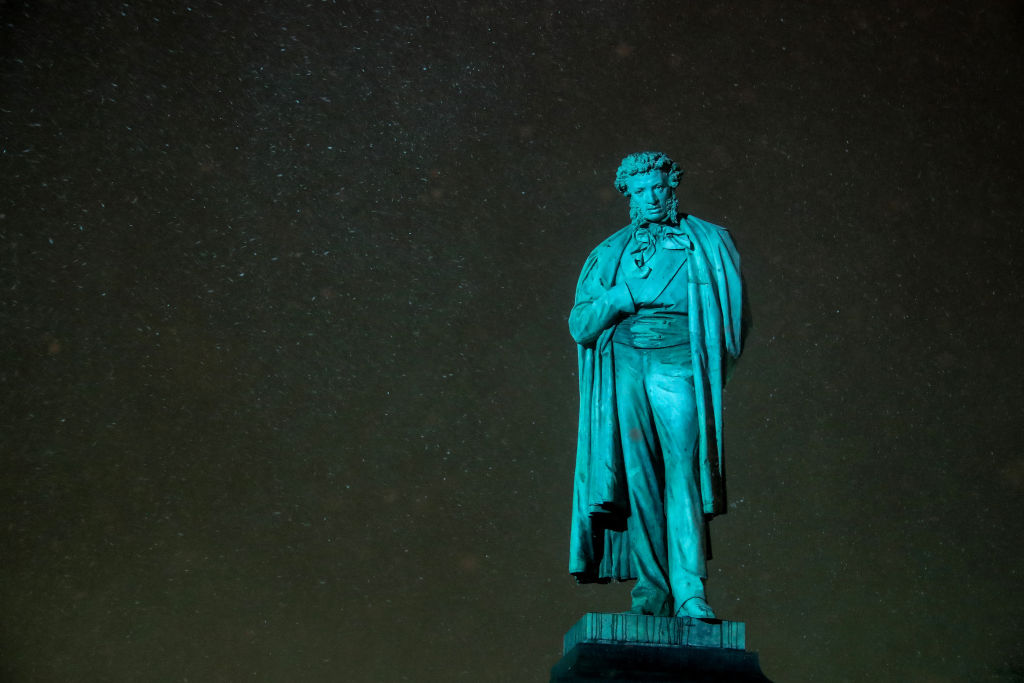
Source: Valery Sharifulin / Getty
7. Alexander Pushkin
The man considered the father of Russian literature was the great-grandson of an Ethiopian prince named Abram Petrovich Gannibal. Among Pushkin’s more famous unpublished works (left after his death in a duel) is an unfinished novel about his Ethiopian great-grandfather.
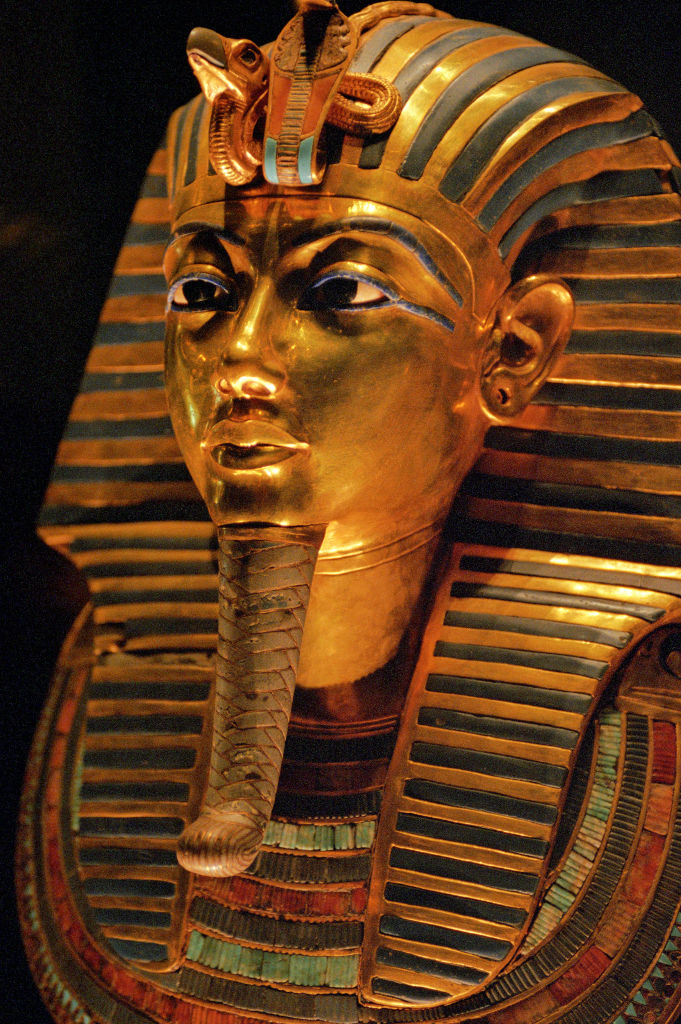
Source: Frédéric Soltan / Getty
8. King Tut
The Boy Pharaoh of Ancient Egypt is often depicted as fair-skinned. But these images recovered from his tomb (in addition to several other artifacts) have identified him as a Black African. And because people often like to pretend otherwise, here’s your reminder Egypt is in Africa.

Source: SIA KAMBOU / Getty
9. Saint Nicholas / Santa Claus
Or at least Saint Nicholas (270 – 343 AD), the saint that the legend is based on. Old Saint Nick was born in what’s now considered Turkey (at the time it was the village of Patara, which was a metropolis for people of African descent).
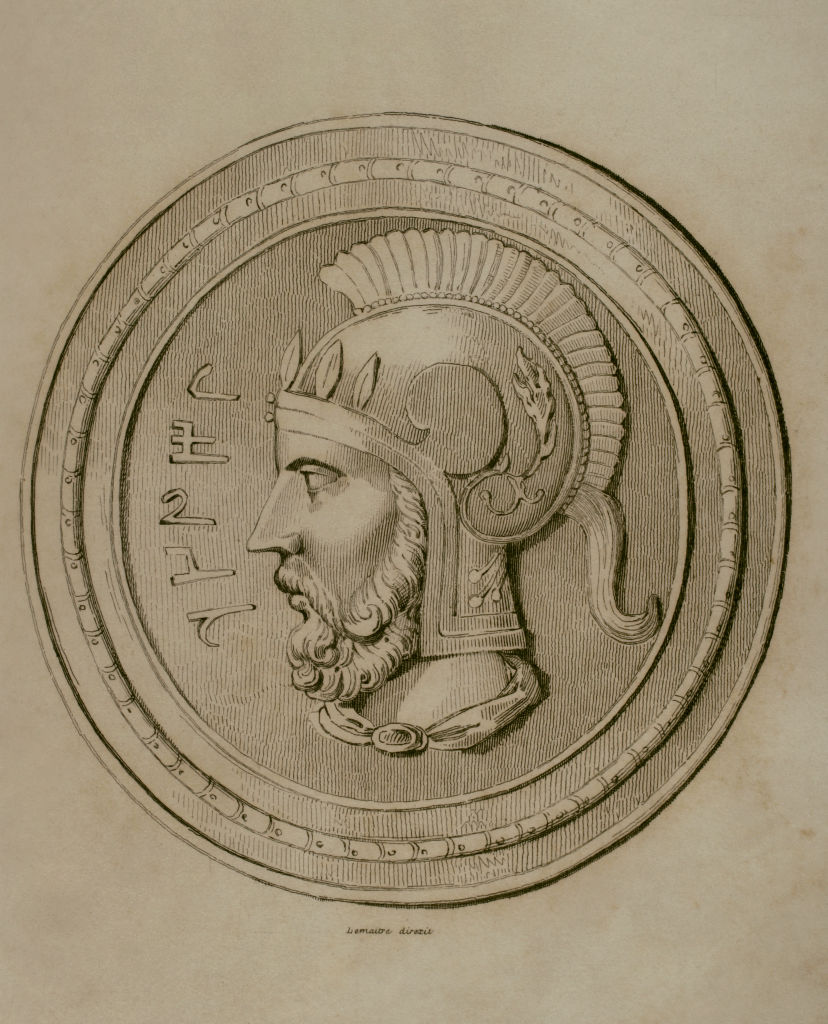
Source: Universal History Archive / Getty
10. Hannibal
Hannibal of Carthage — one of the greatest military strategists in history is often depicted with much… narrower features. But these coins depicting Hannibal and his famous army of elephants leave little doubt in the minds of many historians of his African ancestry. Not to mention Carthage is present-day Tunisia and Hannibal’s full name was Chenu Bechola Barca, which is why Medium notes him as “the greatest Black military general.”
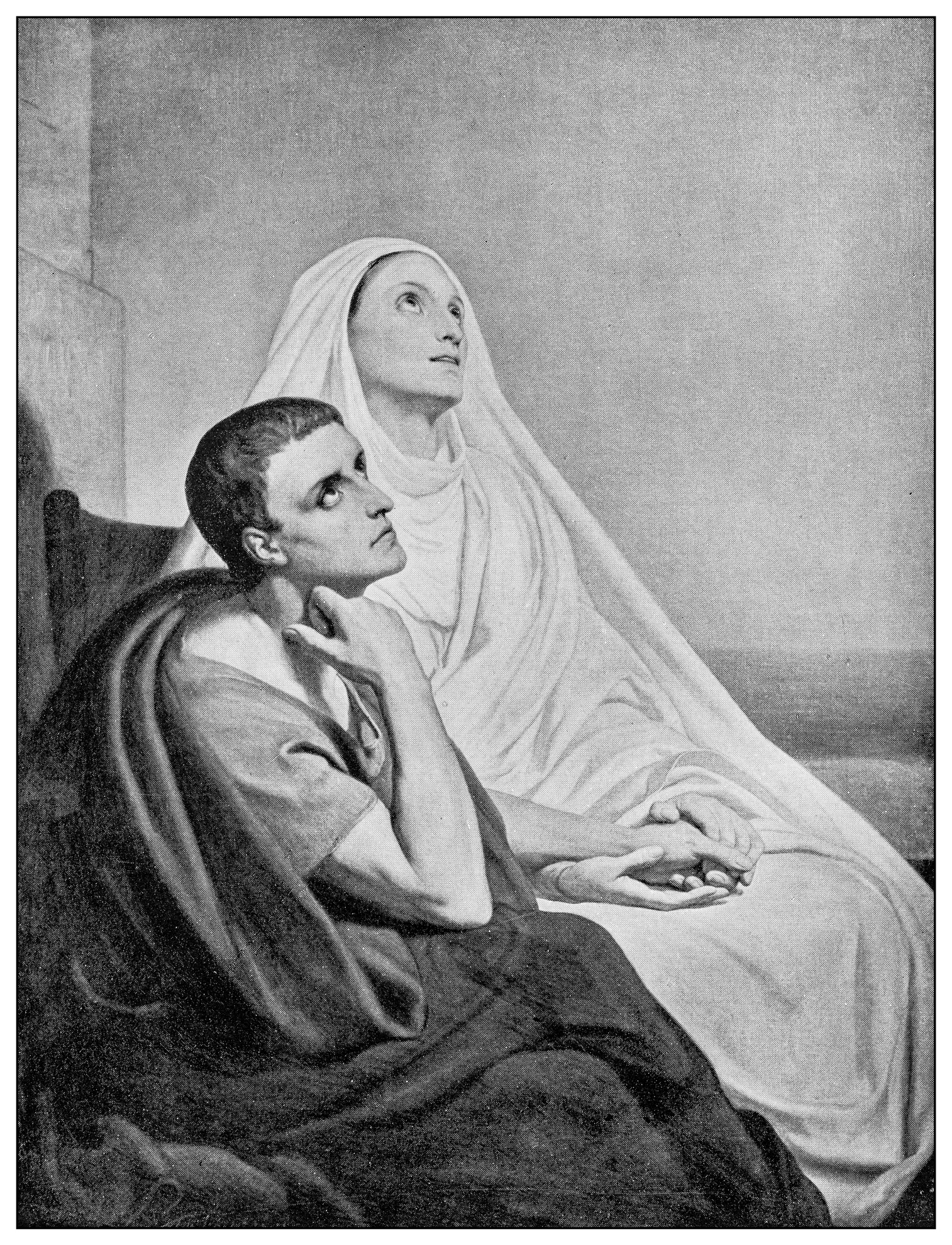
Source: ilbusca / Getty
11. Saint Augustine
No course covering Philosophy 101 is complete without referencing Christian theologian Saint Augustine of Hippo. What’s less commonly covered are his African origins and birthplace of (modern-day) Souk Ahras, Algeria. Most scholars agree Augustine and his family were Berbers, which is an ethnic group indigenous to North Africa.
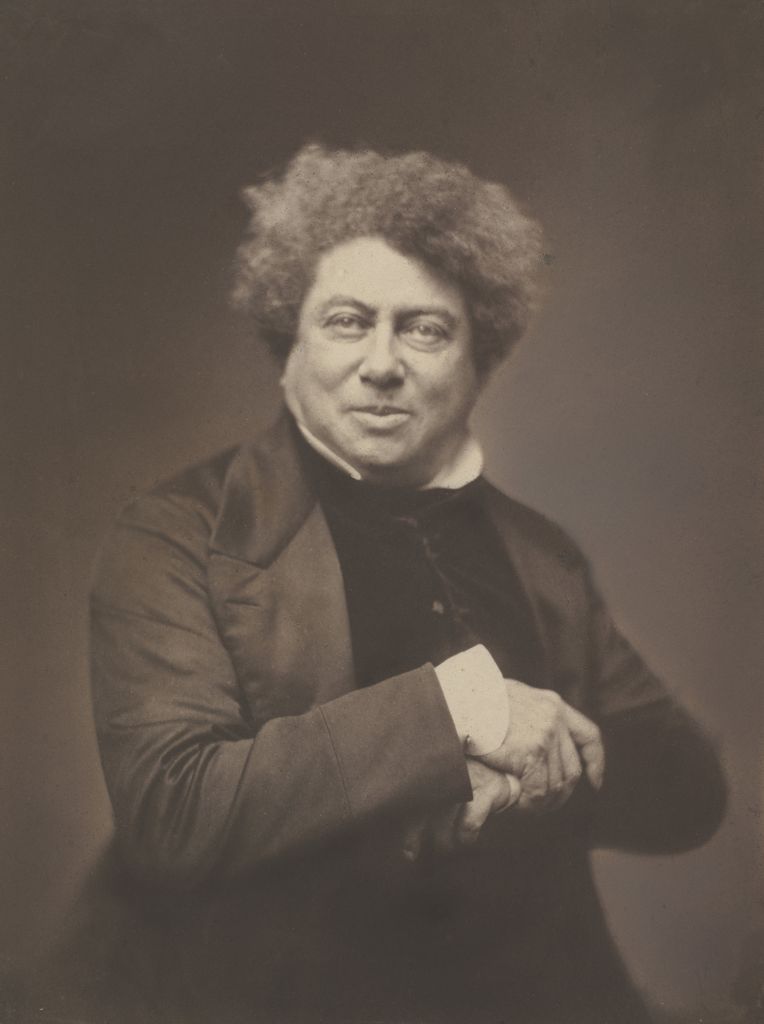
Source: Sepia Times / Getty
12. Alexandre Dumas
Alexandre Dumas was the son of the General Dumas born in 1762 to a white father and an enslaved mother. General Dumas was such a good general that he made his rival — Napoleon Bonaparte — nervous. Thanks to Napoleon’s machinations, the General ended up imprisoned in a dungeon for years — the story that inspired Alexandre to write The Count of Monte Cristo about his father. He is also the author of The Three Musketeers.
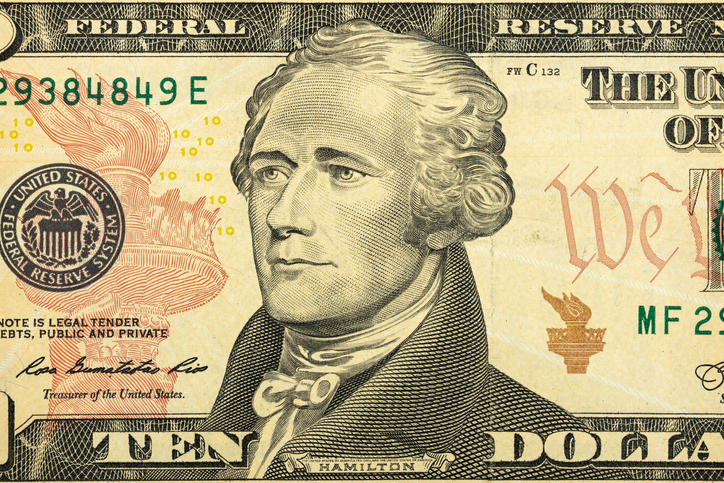
Source: Matt Anderson Photography / Getty
13. Alexander Hamilton
For Back history buffs, it’s really all about the Hamiltons. Alexander Hamilton isn’t just the man on the $10 bill, he was the United States’ first Secretary of the Treasury.
Born in the small Caribbean island of Nevis, Hamilton’s mother, Rachel Fawcett Lavain, was said to be of “mixed blood” and his father was the son of a Scottish Duke. Alexander’s older brother was dark-skinned and treated as black. But Alexander was light enough to pass and went on to establish the first national bank in the American colonies, founded the U.S. mint and wrote most of the Federalist Papers.
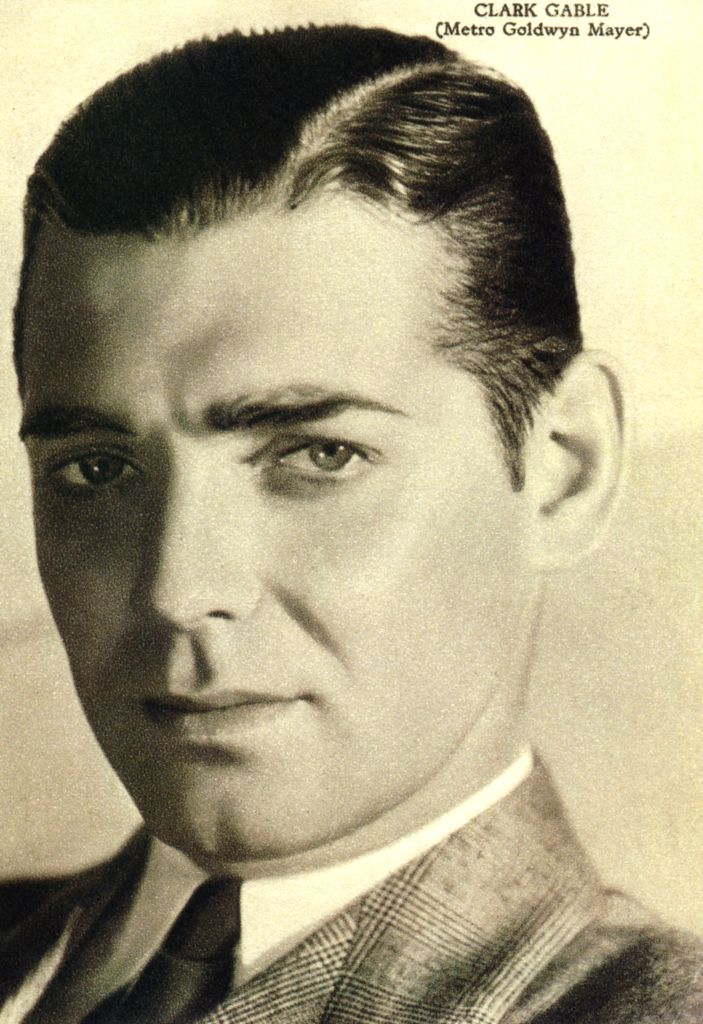
Source: SeM / Getty
14. Clark Gable
The original “tall, dark and handsome” actor Clark Gable didn’t hide his Black and Native American heritage. And when he saw “colored” and “white” bathrooms on the set of Gone With The Wind, he refused to continue working until all of the cast members were treated equally.




